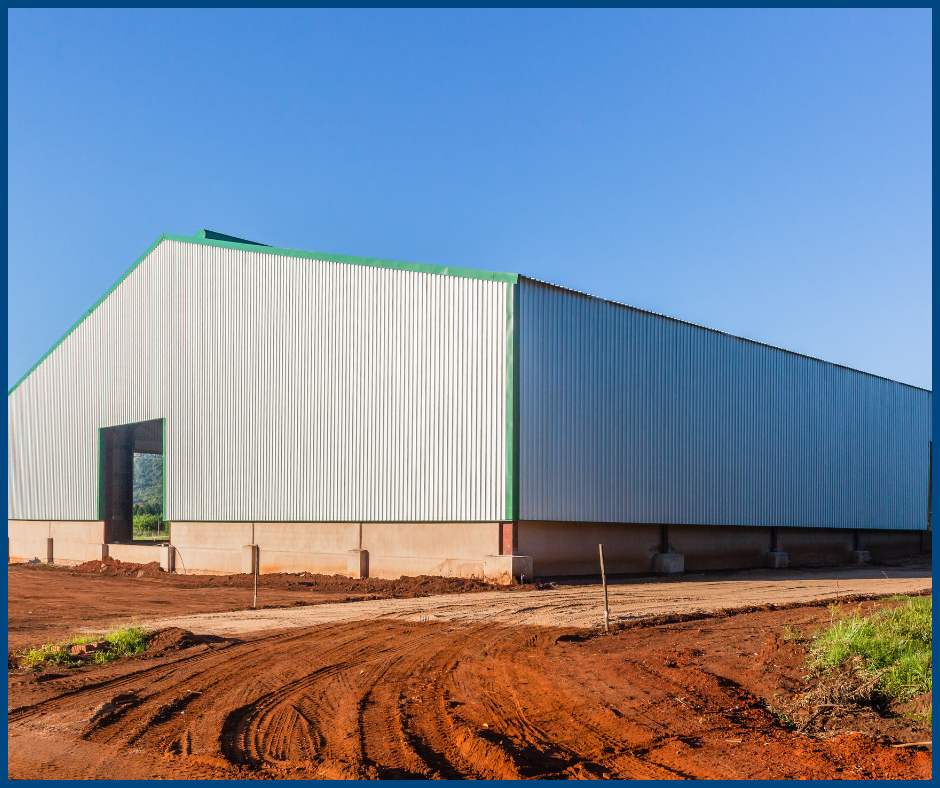Time for a Pole Barn Inspection?
As winter loosens its grip and March ushers in spring, it’s the perfect time to tackle home improvement projects. If you’re a proud pole barn owner, don’t neglect this valuable structure! Regular pole barn inspections are crucial for maintaining its safety and functionality.
A Step-by-Step Guide to a Healthy Pole Barn
This guide will walk you through a comprehensive inspection process, ensuring your pole barn is ready for whatever spring and summer throw its way:
Roof and Structural Integrity: Begin by assessing the roof and overall structure. Look for signs of damage like sagging, rust, loose screws, or warped wood. A watertight roof is essential to prevent leaks and structural issues.
Foundation and Footings: Check the foundation and footings for any signs of shifting or settling. Pay attention to cracks, especially in concrete floors. Address any foundation issues promptly to avoid structural problems.
Doors and Windows: Inspect all doors and windows for proper operation and damage. Ensure tight seals to keep out moisture and pests. Lubricate hinges and locks for smooth functioning.
Moving Inside:

Electrical and Lighting: If your pole barn has electrical wiring and lighting, check for functionality and safety. Ensure wiring is in good condition, outlets work, and light fixtures are secure.
Ventilation and Insulation: Proper ventilation and insulation are key to a comfortable and energy-efficient pole barn. Check for condensation, mold, or poor insulation. Make improvements to enhance temperature control.
Pest Control: Pole barns can attract pests. Look for signs of rodents, insects, or other critters. Seal entry points and consider implementing pest control measures to protect your stored items.
Don’t Forget the Outside During Your Pole Barn Inspection:
Plumbing and Water Management: If your pole barn has plumbing, inspect pipes for leaks, ensure proper drainage, and make any necessary repairs. Proper water management is crucial to prevent structural damage and moisture-related issues.
Grounds and Landscape: Evaluate the grounds around your pole barn. Ensure proper drainage to prevent water accumulation. Trim back overgrown vegetation, especially if it’s touching the building.
Keeping it in Top Shape:
Maintenance and Cleaning: Don’t forget general maintenance tasks like cleaning gutters, oiling moving parts, and resealing or repainting the exterior to protect against weathering. Regular maintenance is key to extending the lifespan of your pole barn.
Invest in Your Pole Barn’s Future with AmeriSpec
A well-maintained pole barn is a valuable asset, providing storage and workspace for various needs. After completing your self-inspection, consider scheduling a professional inspection with AmeriSpec Inspection Services of Delaware. Their experienced inspectors can provide a comprehensive evaluation, identify any potential problems you might have missed, and give you peace of mind knowing your pole barn is in top shape with a report.
Schedule Your Inspection Today!
Spring is the perfect time to give your pole barn the attention it deserves. By following this guide and partnering with AmeriSpec Inspection Services of Delaware, you can address issues early, extend the lifespan of your structure, and ensure it’s ready for anything. Whether for farming, storage, or a workshop, your pole barn deserves your attention, and a spring inspection is a great way to show it! For more information or to schedule an inspection, click here.